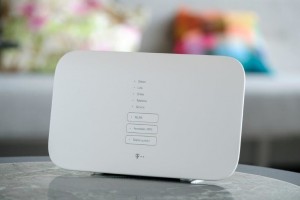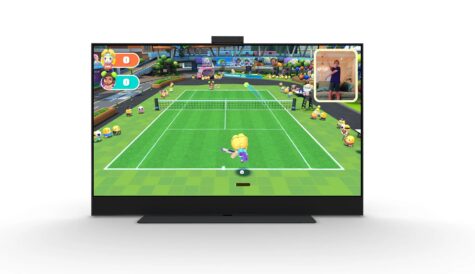Telekom Deutschland adopts parent’s white label Smart Home offering

The Speedport Smart router
Deutsche Telekom’s domestic German arm, Telekom Deutschland, has signed up as the first partner for the group’s white-label smart home offering. Telekom Deutschland will deploy Deutshce Telekom’s Magenta SmartHome offering with its Speedprot Smart router, enabling them to manage a range of connected devices through the router.
The domestic unit’s routers can now support the DECT ULE cordless standard, enabling it to integrate smoke detectors, thermostats, and many other smart devices. Other protocols can be retrofitted via the USB port. A USB stick for the ZigBee protocol is already available and a stick for the Homematic IP protocol is scheduled for release in the autumn, according to Deutsche Telekom.
New Speedport Smart routers will gain the additional features, and routers already installed by customers will receive a firmware update, meaning that about 170,000 households will be enabled for the service immediately. Telekom Deutschland estimates will ship about 1.2 million smart routers every year.
Smart home installation software in the Speedport Smart routers will include a free version of the company’s SmartHome service, with many basic functions, to enable users to try the system out.
“We have been a reliable partner to our customers for many years when it comes to telecommunications and entertainment. So it’s only natural to act as partners for security, convenience, and energy conservation, too,” says Niek Jan van Damme, member of the Deutsche Telekom Board of Management responsible for Germany.
“A single sensor on your door or window is all it takes to make your home safer. Together with the Speedport Smart, the free starter package and the Magenta SmartHome app, you can set up an alarm system for your doors and windows quickly and easily,” said Henri Vandré, head of smart home at Telekom Deutschland.
“If a sensor-equipped door or window is opened in your absence, an alert is sent to your smartphone.”



